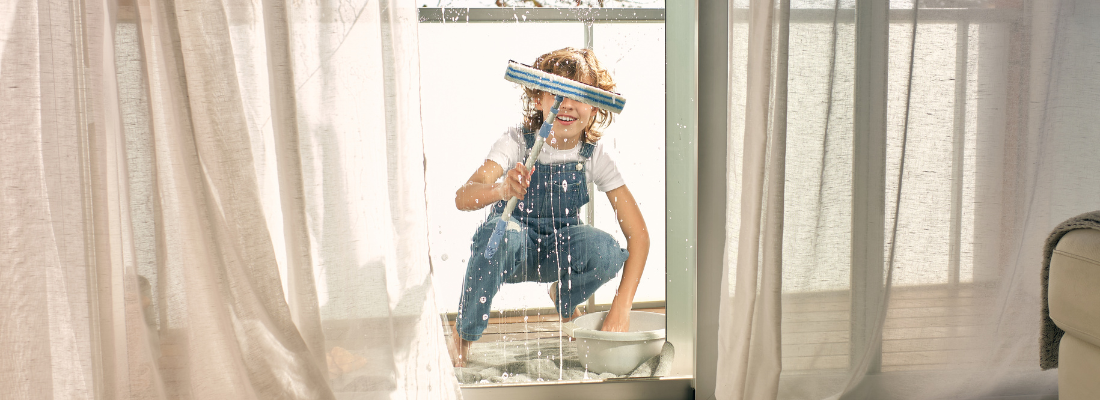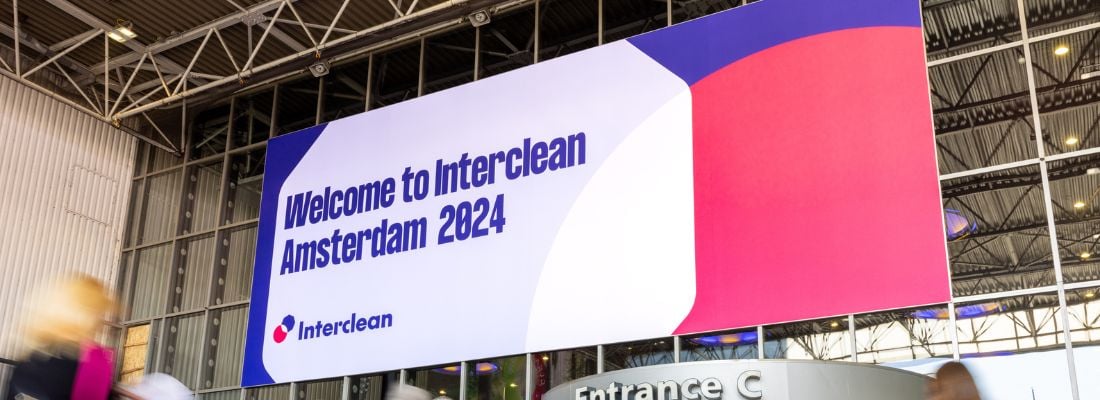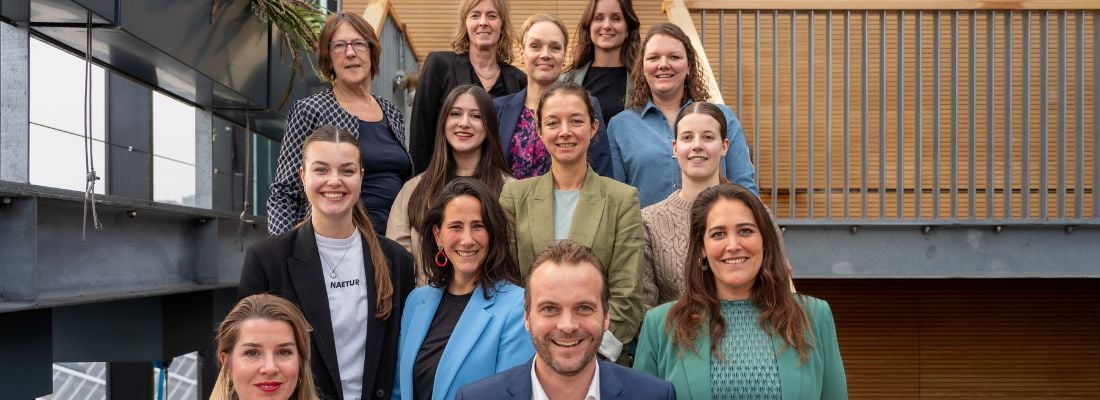How is cleaning evolving in 2023 and what to expect going forward
As we mark the halfway point in the year, we like to take stock of what has happened in the dynamic and exciting world of cleaning and hygiene, and how that influences our evolving industry.
In the beginning of the year we published an insightful 2023 Trend Report, where we looked ahead at the challenges and opportunities for the cleaning industry. As an industry focused on the safety, health and wellbeing of people and the planet, we’re always innovating and refining. But this means we’re equally aware of the rapidly changing landscape – which is why we are dedicated to keeping our finger on the pulse of advances and developments.
With that in mind, let’s revisit which topics are trending in cleaning.
Putting the planet first in cleaning
Judging by the amount of press and coverage that sustainability is receiving these days, it remains a “hot” topic of discussion. But these days the sustainability discourse has become so much more than mere lip service. We’re seeing tangible and measurable efforts being made on many fronts within the cleaning industry to embrace more environmentally friendly products, processes, and approaches.
Cleaning and sustainability overlap in a multitude of ways, occurring at many different touch points across the end-to-end cleaning process and are present in pretty much all the ways that a business operates. Consumers are becoming increasingly savvy and actively seeking out products and services that demonstrate sustainable credentials or socially responsible practices.
The result is a far more attuned approach from the industry towards assessing a multitude of factors beyond cleaning efficacy.
The cleaning and hygiene sector is now asking questions such as:
- What does it mean to be sustainable?
- What sustainability gains can be made if this product or process is used?
- Where and how was the material for this product sourced?
- How can we increase our resource saving strategies?
One thing is for sure – whether we serve individual customers or operate B2B; transparency, education and accurate, accountable reporting are vital in building trust and buy-in from those we do business with.
The financial bottom line: Assessing the commercial cost of cleaning
As mentioned, sustainability touches on everything we do. “Cleaning and sustainability both branch into operational and commercial efficiency, another growing concern that has risen this year, that will likely continue going forward,” says Robert Stelling, Director of Interclean’s Global Events.
At the end of the day as with any business entity, it’s about staying profitable. How do we balance the goals of hygiene, sustainability and cost so that our businesses thrive, our customers have peace of mind and our people, and the planet are taken care of?
We still have a considerable amount of work to do to when it comes to changing the perception that sustainable products cost more through upfront investment, and don’t perform as well as their traditional counterparts.
Some interesting advances are being made on this front with behaviourial influencing strategies and education/ marketing drives to convince consumers that the quality is not compromised; and that their purchasing decisions can have a considerable and positive impact on safeguarding our precious natural resources for future generations.
Harnessing the power and potential of people
The issues of staff retention and bringing new people into the industry are still as pertinent as ever. One of the challenges the cleaning sector is facing is attracting and retaining skilled professionals within the practical sphere of cleaning, including janitorial, custodial and facilities management. To combat this, various institutions and organisations now offer targeted educational programmes in, for instance, facility management.
There is also a far greater focus on changing perceptions around the notion that cleaning roles are somehow menial or less important work. In fact, in the wake of the Covid-19 pandemic, cleaning staff are increasingly receiving the recognition and respect they deserve.
Technology and cleaning: an exciting new frontier in optimisation and upskilling
One of the ways in which the cleaning industry is evolving is the increased deployment of machines and use of smart technology to optimise efficiency and save on time and resources. Rather than being something to be feared, the machines are not “stealing” peoples’ jobs. Instead, with the rise of robotics, cobotics and ergonomic optimisation tools such as exoskeletons – cleaning staff and machines are working together to offer a more streamlined and skilled suite of services.
This brave new world of data and metrics that robotic and autonomous cleaning provides is an appealing “pull” for young people (who tend to be more attuned to technology), representing attractive opportunities for them to enter the cleaning workforce. Quieter, less interruptive machines also mean more daytime cleaning can take place – giving operators improved work life balance – something sought after in Millennial and Generation Z employees.
Rising costs, raw materials and supply chain disruptions
The impact of Covid-19 supply chain disruption and increasing costs of sourcing materials and transporting them due to the Russia Ukraine conflict, as well as a global rise in interest rates has seen a knock-on effect of thinning profit margins and operational cuts.
But, as with other challenges, the cleaning industry is finding innovative new ways of tackling these challenges. The old adage of “work smarter, not harder” is now more relevant than ever.
Smart cleaning for the win
The cleaning industry is playing a significant role in supporting businesses with smarter, more efficient ways to work. More businesses are looking to efficient energy and resource saving cleaning processes that reduce their ongoing costs to counter rising costs in other areas, as well as achieve their sustainability goals.
Smart Buildings and smart technology can boost efficiency, optimise the use of resources, and allow for reallocation of personnel by providing data-led reports on when something needs cleaning or not.
Embracing change and finding transformative new ways of ensuring a safer, healthier future
One thing is for certain – we’re in for an exciting ride! With this potent mix of challenges and opportunities, the cleaning and hygiene industry has a unique chance to play a pivotal role in the future of health and wellbeing – not only for us all, but for the planet we call home.
Here’s to the rest of 2023 and beyond!
Share your stories with us!
Do you have an innovation or interesting news you would like to share with the professional cleaning and hygiene industry? The Interclean website and social media channels are a great platform to showcase your stories!
Please contact our press department interclean@rai.nl.
Are you an Interclean exhibitor?
Make sure you add your latest press releases to your Company Profile in the Exhibitor Portal for free exposure.
Receive the best newsletter on cleaning & hygiene - straight to your inbox!
We promise never to send you spam and you can unsubscribe at any time!





